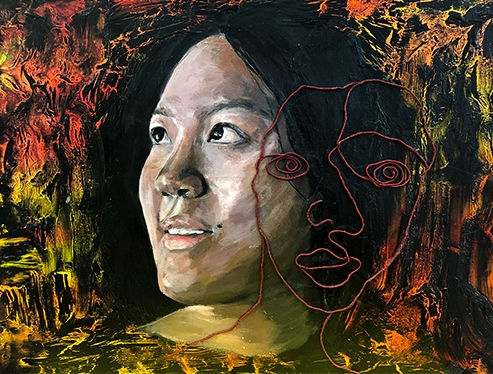Exploring Identity through the Lens of Contemporary Art: The Power of the Self-Portrait
Identity is a complex and multifaceted concept that is shaped by various factors such as culture, gender, ethnicity, and personal experiences. Contemporary artists often use self-portraiture as a way to explore and express their own identities, as well as to invite viewers to reflect on their own sense of self.
The Self-Portrait as a Reflection of Self
Self-portraits have been a popular artistic genre for centuries, but contemporary artists have pushed the boundaries of this genre by experimenting with new mediums and techniques. Through self-portraiture, artists are able to present themselves to the world on their own terms, challenging traditional depictions of identity and beauty.
The Power of Representation
In a world where mainstream media often portrays limited and stereotypical representations of identity, self-portraiture allows artists to reclaim their own narratives and challenge societal norms. Through their art, artists can explore and celebrate the diversity of human experience, highlighting the unique and complex intersectionality of identity.
Exploring Intersectionality and Fluidity
Contemporary artists often explore the intersectionality of identity in their self-portraits, acknowledging the ways in which various aspects of their identity intersect and influence each other. Through their art, artists can challenge fixed notions of identity and embrace the fluidity and complexity of the self.
Inviting Dialogue and Reflection
Self-portraiture has the power to evoke strong emotional responses in viewers, as they are confronted with the artist’s raw and unfiltered representation of themselves. By inviting viewers to reflect on their own sense of self and identity, self-portraits can spark important conversations about what it means to be human in today’s diverse and rapidly changing world.
Conclusion
Through self-portraiture, contemporary artists are able to explore and express their own identities in a deeply personal and authentic way. By challenging traditional representations of identity and beauty, artists can invite viewers to reflect on their own sense of self and engage in important conversations about identity, representation, and diversity. In a world that is increasingly fragmented and polarized, the power of the self-portrait lies in its ability to connect us to our shared humanity and challenge us to embrace the complexity and diversity of the self.



